- Introduction
Non-surgical sports medicine focuses on treating orthopedic injuries and chronic joint conditions without the use of invasive procedures. Whether you’re a professional athlete or a weekend jogger, non-surgical interventions can restore mobility, reduce pain, and prevent long-term damage—without going under the knife.
This comprehensive guide covers:
- The role of rehabilitation and physical therapy
- Types and uses of bracing and supports
- A range of injection therapies (from corticosteroids to biologics)
- Conditions commonly managed non-surgically
- Who is a candidate and when to escalate to surgery
🏃♂️ Goal: Return patients to their previous level of function quickly and safely—without compromising long-term joint health.
- The Role of Rehabilitation
Rehabilitation is the cornerstone of non-surgical treatment, especially after acute injuries or in managing chronic joint pain.
🧠 Objectives of Rehab:
- Restore range of motion
- Rebuild strength and endurance
- Improve proprioception and balance
- Prevent compensatory movement patterns
🏋️ Common Rehab Techniques:
- Manual therapy (joint mobilization, massage)
- Therapeutic exercises (ROM, resistance, stretching)
- Neuromuscular re-education
- Functional training (sports-specific drills)
- Modalities (ultrasound, TENS, cold/heat therapy)
🦵 Conditions Treated:
- Sprains/strains
- Tendinopathies (e.g., Achilles, patellar tendon)
- Meniscus or labral tears (if non-operative)
- Post-dislocation shoulder rehab
- Early-stage osteoarthritis
🧩 Rehab is often individualized, adapting protocols based on injury severity, sport, and patient goals.
- Bracing & External Supports
Orthopedic bracing provides stability, protection, and offloading during injury recovery or chronic joint conditions.
🔧 Types of Bracing:
- Functional braces: Stabilize joints post-injury (e.g., knee braces for ACL-deficient knees)
- Prophylactic braces: Used to prevent injuries in high-risk sports
- Rehabilitative braces: Limit motion during healing (e.g., hinged braces after ligament repairs)
- Custom-molded supports: For complex deformities or chronic instability
🦵 Common Uses:
- Knee osteoarthritis: Offloader braces redistribute weight
- Ankle sprains: Semi-rigid braces prevent reinjury
- Shoulder instability: Braces restrict overhead motion
- Patellofemoral pain: Taping and realignment braces help tracking
🛑 Braces are effective when used as part of a full rehab plan, not as a substitute for strengthening and mobility training.
- Injection-Based Therapies
When physical therapy and bracing aren't enough, injections can offer relief by targeting inflammation, promoting healing, or lubricating the joint.
💉 A. Corticosteroid Injections
- Anti-inflammatory medication injected directly into joints, tendons, or bursae
- Commonly used for:
- Shoulder impingement
- Knee osteoarthritis
- Bursitis or tendinitis
✅ Fast-acting pain relief
⚠️ Not for frequent or repeated use (can damage tissue over time)
💧 B. Hyaluronic Acid (HA) Injections
- Mimics joint fluid, improving lubrication and cushioning
- Especially used for knee osteoarthritis
- Often called “viscosupplementation”
⚠️ Works best in early to moderate arthritis
🕒 Takes a few weeks to show benefit
🩸 C. Platelet-Rich Plasma (PRP)
- Uses your own blood platelets to promote healing
- Ideal for:
- Tendinopathies
- Ligament strains
- Mild arthritis
✅ Natural, low risk of rejection
⚠️ Expensive and not always covered by insurance
🌱 D. Stem Cell Therapy
- Derived from bone marrow or fat
- Still experimental for most orthopedic uses
- Used in:
- Cartilage lesions
- Partial tendon tears
- Joint degeneration
⚠️ Long-term data still developing
🧬 Often regulated more strictly than PRP
- Who Should Try Non-Surgical Options First?
👤 Best Candidates for Non-Surgical Sports Medicine:
- Young or middle-aged patients with mild to moderate injuries
- Active individuals seeking quicker recovery
- Patients with early arthritis who want to delay surgery
- Those with medical risks that make surgery unsafe
- Anyone willing to engage in consistent rehab
🧠 Non-surgical treatment is also first-line for most acute sports injuries unless there’s a complete rupture or fracture needing fixation.
- Benefits, Limitations & Red Flags
✅ Benefits of Non-Surgical Management:
- Minimally invasive with fewer risks and faster recovery
- Lower cost than surgery
- No anesthesia or hospital stay
- Maintains the body’s natural anatomy
- Can delay or prevent the need for joint replacement
⚠️ Limitations:
- May not fully heal complete ligament or tendon tears
- May not stop the progression of arthritis long term
- Results depend heavily on patient compliance
- Some injuries may require eventual surgical correction
🛑 Red Flags Suggesting Surgical Evaluation Needed:
- Persistent joint locking or instability
- Complete ligament ruptures (e.g., ACL tear in active athletes)
- Non-healing fractures
- Failed non-surgical treatment after 3–6 months
- Progressive deformity or worsening neurological signs
- Patient FAQs
❓ Will I recover fully with non-surgical treatment?
- Many soft tissue injuries and mild arthritis respond well. Severe cases may eventually require surgery.
❓ How long does rehab take?
- Mild injuries: 4–6 weeks
- Moderate injuries: 2–3 months
- Chronic conditions: Often require ongoing exercises indefinitely
❓ Is bracing bad for me?
- Not when used correctly. Braces provide support and confidence but should not replace muscle training.
❓ How do I know if injections are right for me?
- If pain limits daily life and rehab alone isn't helping, injections may offer relief. Your doctor can recommend the best type.
❓ Are non-surgical treatments covered by insurance?
- Rehab and corticosteroid injections usually are. PRP, HA, and stem cells may not be, depending on your location and insurer.
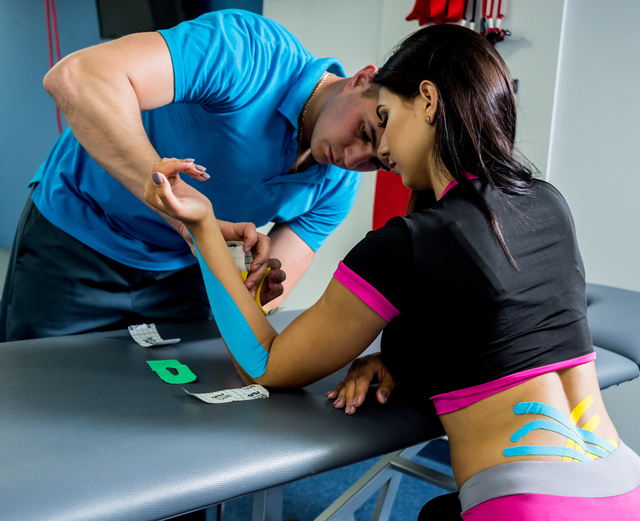

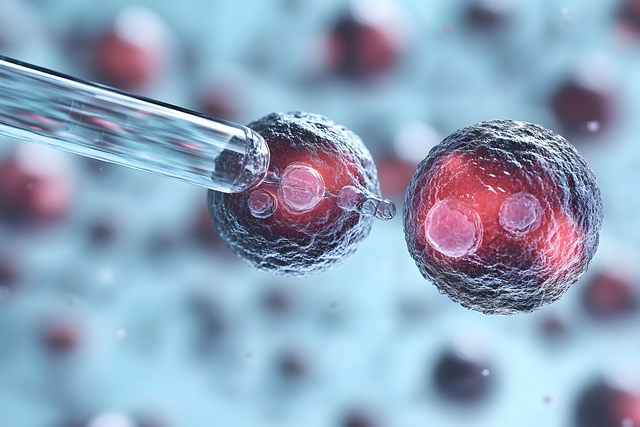
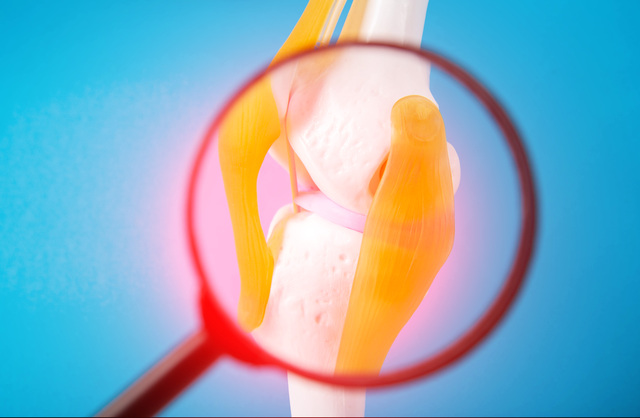
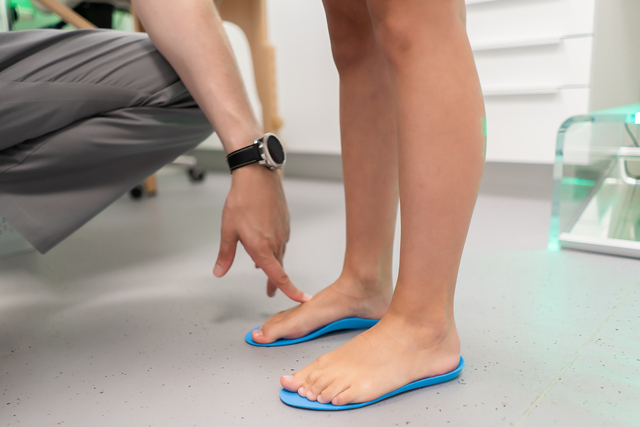
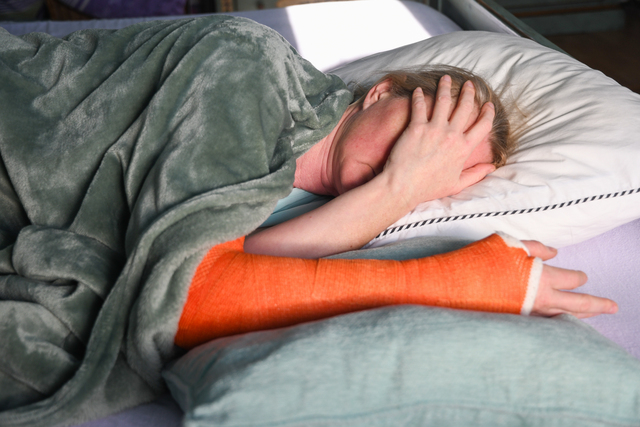
Add Comment